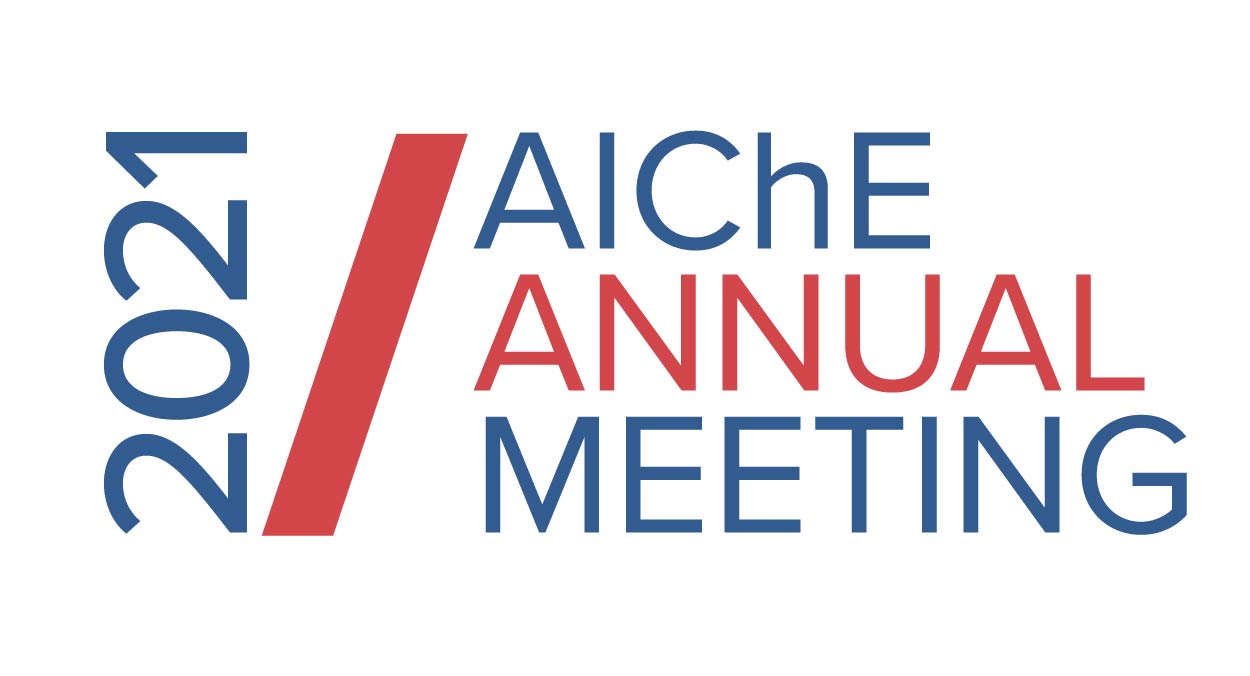

The current aim of this project is to print a bio-ink scaffold with embedded islets using conditions recommended by a predictive resolution model, and subsequently integrate it with a micro physiology system towards disease modeling of diabetes. By using an analytical model to predict the printability of a cell-laden bio-ink composition using bio-ink factors, printer settings, and printed structure environment conditions, it is possible to narrow down the parameter space to find compatible properties of bio-ink before the addition of cells. This will enable a scaffold to be printed onto an organ-on-chip membrane permitting increased perfusion for a more compatible islet environment.
The initial analytical model inputs the bio-ink properties of temperature, component concentrations, and viscosity, the printing properties of nozzle size, extrusion speed and pressure, and the post printing properties of spreading, crosslinking concentration, and type of substrate to be printed on. From these variables, a structure size and resolution can be determined that would most efficiently be perfused in the islet on chip device, while ensuring steady flow of media and adequate oxygen supply. Several variations of an alginate/gelatin bio-ink were tested, as this mixture ensures initial compatibility with pancreatic islets, and are self-supporting once deposited and crosslinked. All inks were printed using the Cellink BioX printer with CaCl2 as the crosslinking agent. Following polymerization of the printed structure, it was placed on a membrane and loaded into a Micronit lab-on-chip. The printed structure was then monitored over an extended period of time, in order to ensure that successful media diffusion and oxygen perfusion within the printed structure could be achieved. Currently, these findings are being furthered by printing the structures with embedded islets, and monitoring islet viability and oxygen perfusion within the printed structure on the membrane. It is expected that 3D printing islets on the microfluidic device will significantly reduce the variability associated with manual loading of islets on the device – a necessary step towards disease modeling and drug testing. While our goal is todemonstrate success in showing cell viability and proliferation for islets in printed organ-on-chip structures, this novel experimental setup can easily be applied for a variety of other tissue types.
1“Organ Donation Statistics.†OrganDonor.gov, Health Resources and Services Administration, 25 Feb. 2021, www.organdonor.gov/statistics-stories/statistics.html.
